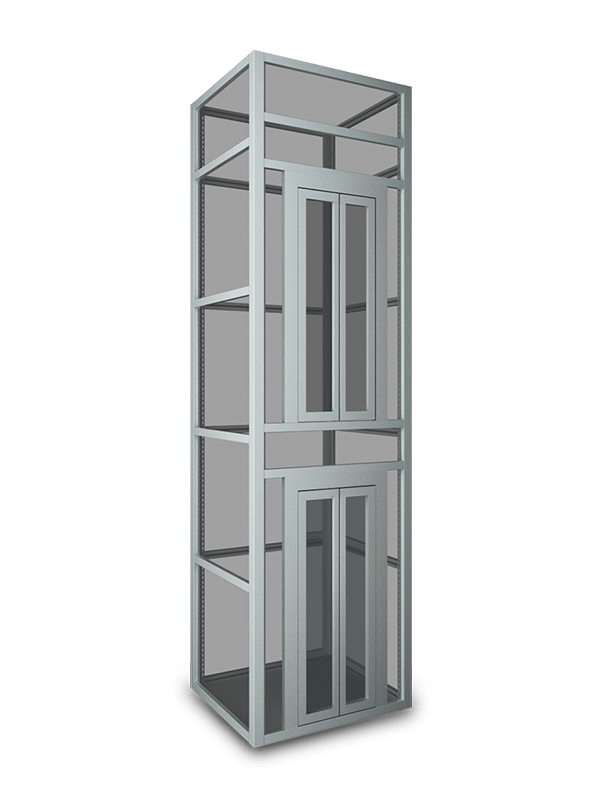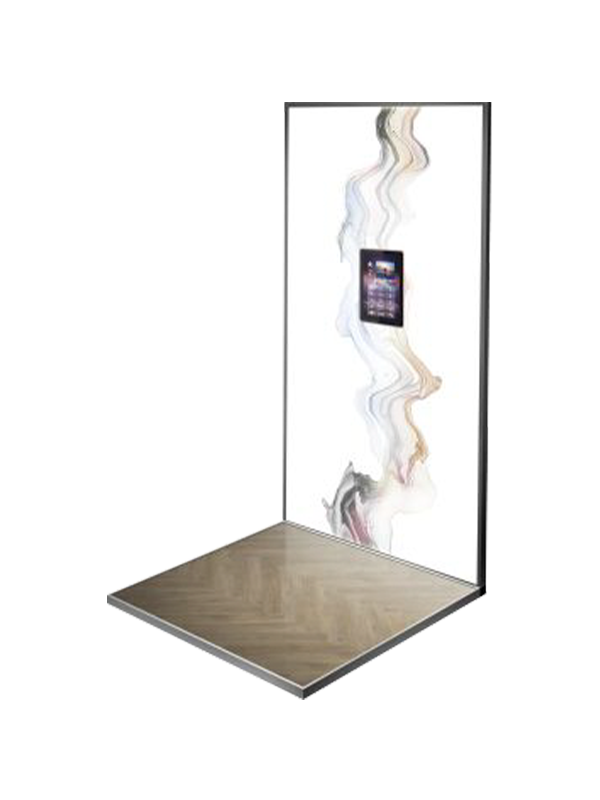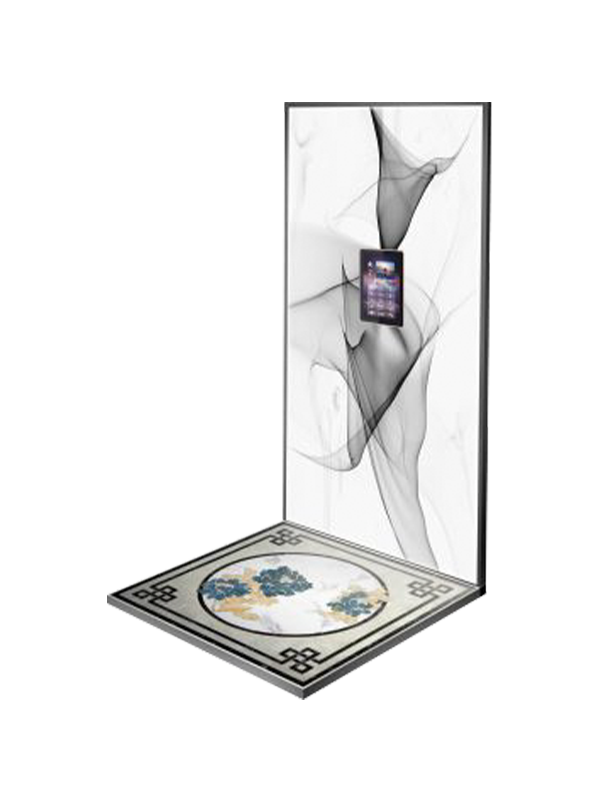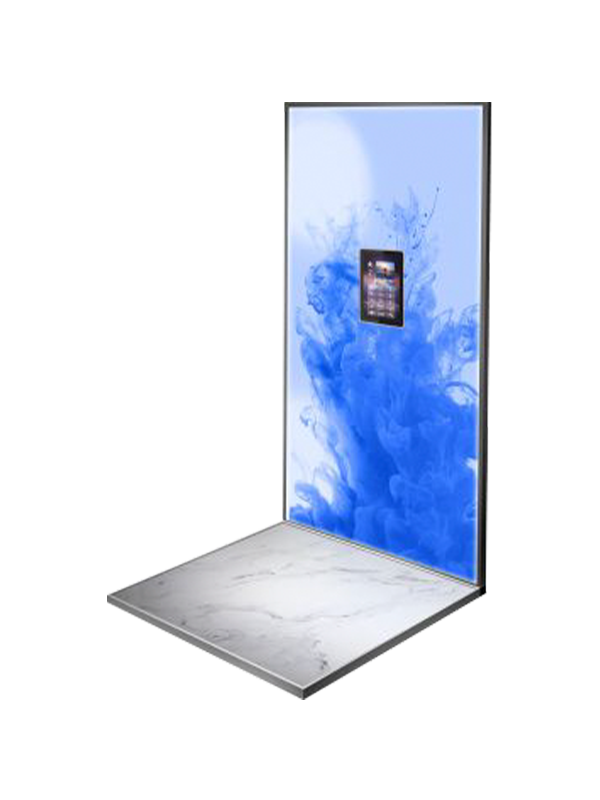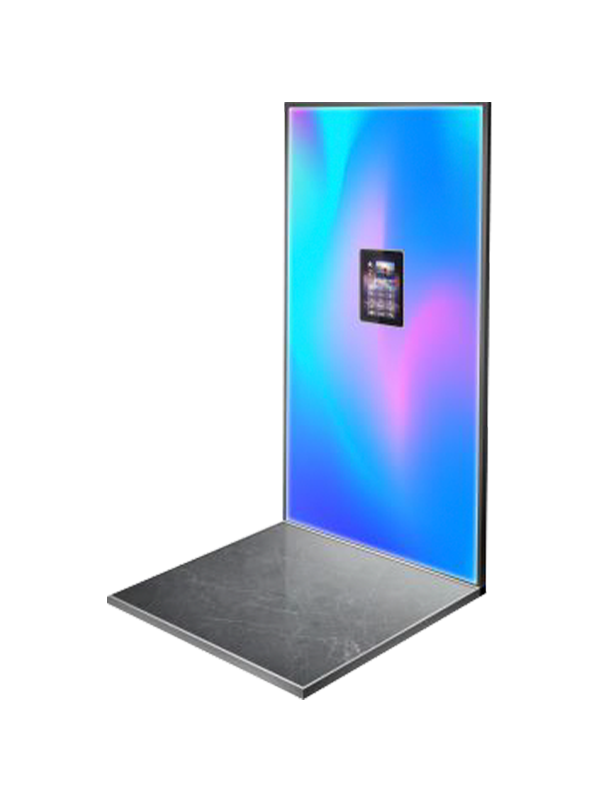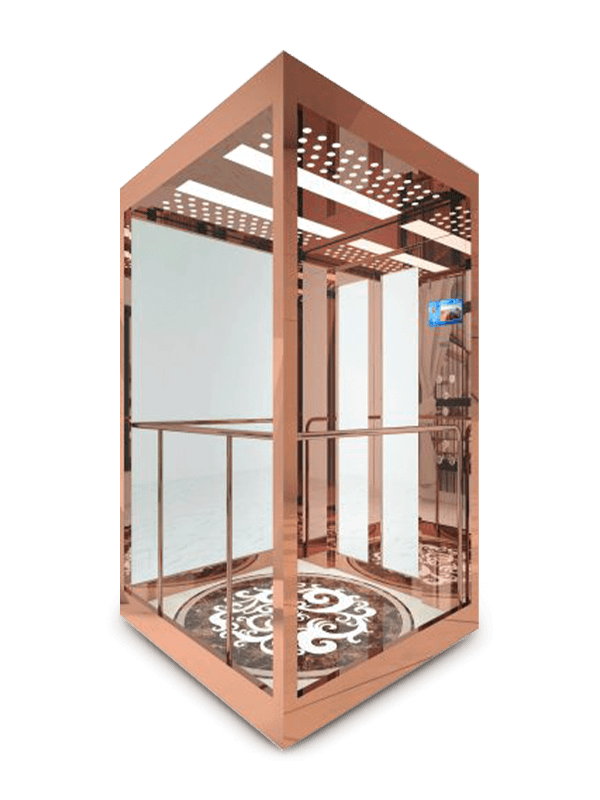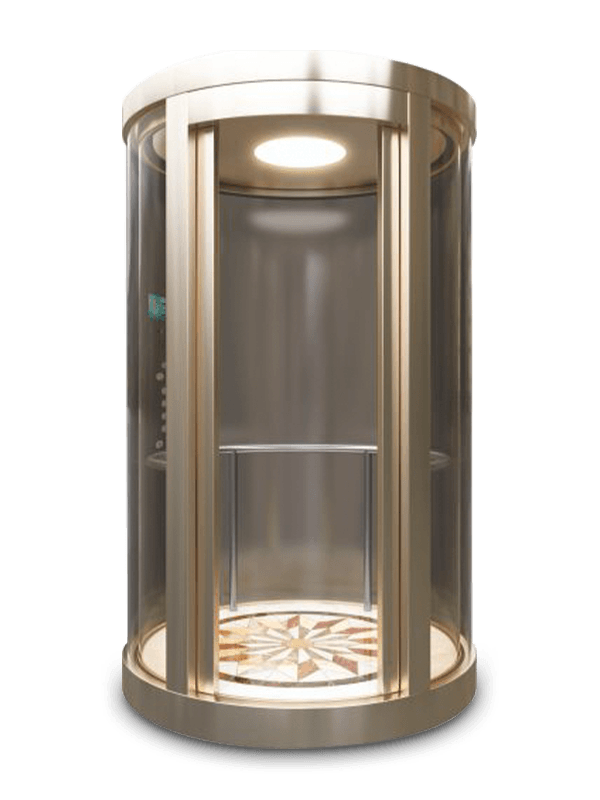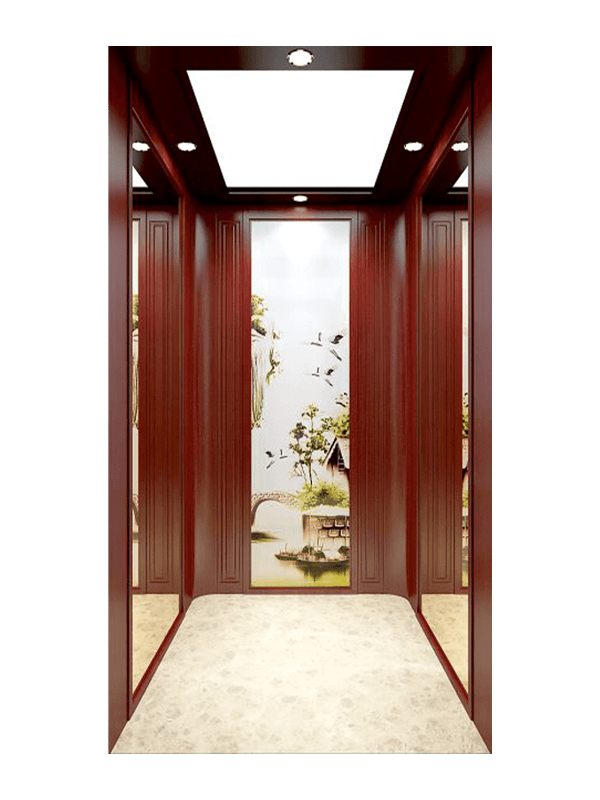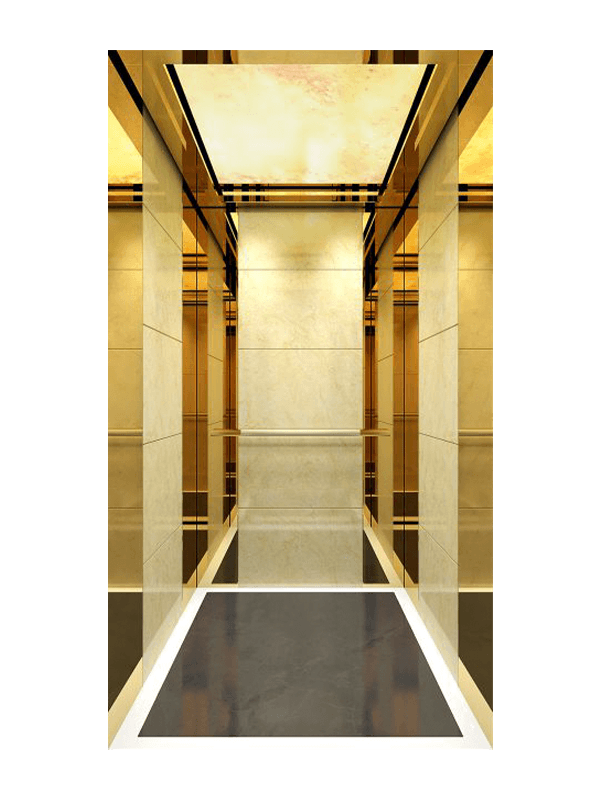Elevators are often considered functional spaces, designed to transport people quickly and efficiently from one floor to another. Yet in modern architecture and interior design, the elevator cabin is no longer viewed as a purely utilitarian element. It is an extension of a building’s character and often the first or last impression someone experiences when moving through a property. One of the most influential features in shaping the appearance and atmosphere of an elevator cabin is the background board. These interior panels may seem simple, but they have the ability to transform an ordinary elevator into a refined, welcoming, or even luxurious environment.
The Role of Background Boards in Elevator Design
Elevator cabins are enclosed spaces where walls play a dominant visual role. Without decorative elements, cabins can feel cold, industrial, or outdated. The background board acts as the central surface treatment, defining the mood of the interior. It frames the experience of every passenger and can influence how they perceive the building as a whole.
Background boards also contribute to practical functions. They protect the inner surfaces of the cabin from scratches, dents, and wear, while providing easy-to-clean finishes that maintain a polished look. By combining visual appeal with durability, these boards balance design and performance in ways that impact both aesthetics and longevity.
How Style is Transformed Through Material Selection
Different materials produce distinct atmospheres in an elevator cabin. Choosing the right background board material can completely alter the mood, shifting from sleek modernity to classic elegance.
-
Stainless Steel Panels: Known for their reflective quality and clean appearance, stainless steel background boards convey professionalism and efficiency. They are often chosen for commercial and public buildings where durability and hygiene are top priorities.
-
Glass or Mirror Boards: These create a sense of openness and space. Mirrors, in particular, make small cabins feel larger while adding a modern and sophisticated edge. Frosted or tinted glass can introduce subtle patterns that enhance style without overwhelming the cabin.
-
Wood Veneer Panels: Wood tones bring warmth and comfort, making them ideal for residential buildings, hotels, and corporate offices that aim for a welcoming atmosphere. Darker woods suggest luxury and tradition, while lighter woods evoke minimalism and calm.
-
PVC or Laminate Boards: These versatile options allow for a wide range of colors, patterns, and textures. They can mimic natural materials like wood or stone, or showcase bold contemporary designs. They offer flexibility for budget-conscious projects while still delivering strong visual impact.
-
Stone or Composite Panels: Natural stone patterns create a sense of grandeur. Even when lightweight composites are used instead of real stone, the impression of strength and elegance remains. These are often found in high-end residential and hospitality spaces.
Color and Texture: Setting the Tone
Beyond material, color and surface texture dramatically shape the cabin’s personality. Smooth, high-gloss finishes reflect light and create a modern ambiance. Matte finishes reduce glare and provide a calmer, understated aesthetic.
Neutral tones such as white, beige, or gray produce timeless backdrops that blend with almost any interior style. Bold colors can be used to make a statement, energize the cabin, or align with a company’s design language. Textured boards, whether patterned or embossed, add depth and interest, preventing the cabin from feeling flat or monotonous.
By combining textures with thoughtful lighting, designers can highlight focal points within the cabin. For example, subtle vertical lines can visually elongate the cabin walls, making the space feel taller.
Influence on Passenger Experience
Elevator rides are typically brief, yet the environment inside the cabin has a psychological effect on passengers. A carefully chosen background board can make the experience more pleasant, comfortable, and even memorable.
-
Luxury Atmosphere: Materials like wood veneer or stone convey exclusivity, elevating the passenger’s perception of the building. Guests in hotels or residents in luxury apartments often associate such details with quality and prestige.
-
Spaciousness: Mirrors and glossy finishes create the illusion of larger space, reducing the sense of confinement in smaller elevators. This makes rides more comfortable, especially in high-traffic buildings where cabins are often crowded.
-
Comfort and Calm: Warm tones and natural textures can reduce the stress often associated with enclosed spaces. Passengers may feel more at ease in environments that evoke nature or home-like comfort.
-
Modern Identity: Sleek surfaces and bold patterns can project innovation, making the elevator a reflection of a company’s progressive image. In office buildings, this detail reinforces corporate branding without the need for logos or text.
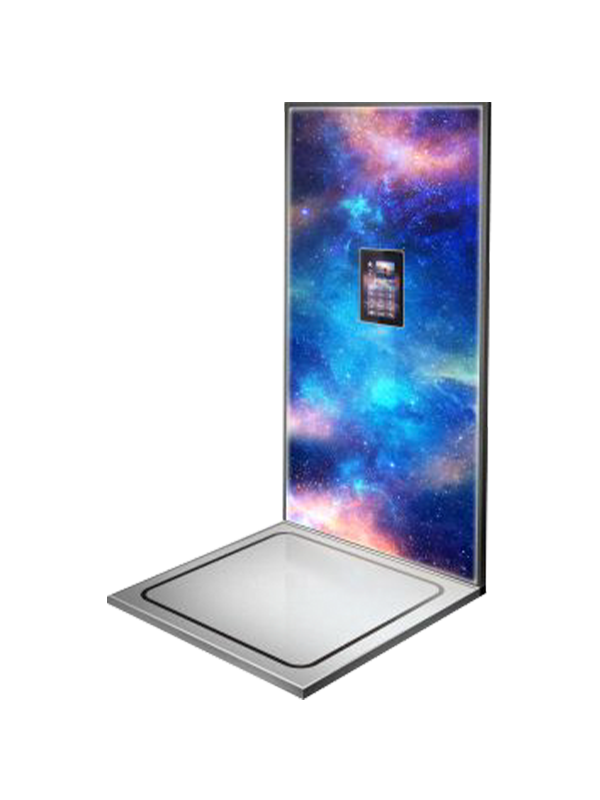
Practical Considerations in Background Board Design
While style transformation is a primary focus, practical considerations cannot be overlooked. A successful elevator background board must balance beauty with functionality.
-
Durability: Since elevators are high-traffic spaces, background boards must withstand frequent use, scratches, and potential impacts. Materials chosen should resist wear and maintain their appearance over time.
-
Maintenance: Easy-to-clean surfaces are essential. Smooth boards that resist smudges and stains minimize upkeep and keep the cabin looking polished.
-
Safety: Materials must meet fire resistance and safety standards. Non-slip coatings or rounded edges are often incorporated to reduce risks.
-
Weight: Since elevators have load limits, materials must be chosen with weight considerations in mind. Lightweight alternatives such as laminates or composites can achieve the desired style without compromising performance.
-
Customization: Flexibility in size, color, and finish allows for unique solutions tailored to the building’s theme. Customization ensures that the cabin design harmonizes with the larger architectural vision.
Trends in Elevator Background Board Design
Just as architecture and interior design evolve, so too do elevator background board styles. Current trends highlight the desire for a blend of aesthetics and innovation.
-
Minimalism: Simple lines, neutral colors, and clean finishes dominate modern design. This approach emphasizes elegance without unnecessary decoration.
-
Natural Inspiration: Wood patterns, stone effects, and earth tones bring elements of the natural world into enclosed spaces, enhancing comfort and familiarity.
-
Smart Integration: Background boards are increasingly combined with digital displays, lighting effects, and touch-sensitive controls, merging design with technology.
-
Sustainable Choices: Eco-friendly laminates and recyclable materials are gaining popularity as more buildings prioritize sustainability in design choices.
How Renovation Can Transform Existing Elevators
Updating background boards is one of the most effective ways to modernize older elevators without replacing the entire system. A new set of panels can instantly refresh the cabin, making it look contemporary and aligned with the building’s current design.
For older properties, switching from plain metal panels to wood or stone-inspired boards can dramatically upgrade the perceived value of the space. Similarly, replacing worn or scratched surfaces with sleek new materials revitalizes the cabin and enhances the user experience.
Creating a Cohesive Building Identity
Elevator background boards are not isolated features. They connect the vertical transport system to the larger architectural identity of the building. A hotel lobby with marble finishes may extend the same pattern into its elevator cabins for consistency. An office tower with a futuristic glass facade may incorporate reflective or metallic elevator panels to continue the theme inside.
By harmonizing the elevator interior with the overall design language, background boards reinforce a building’s personality, ensuring that every detail contributes to a cohesive whole.
Conclusion
Elevator background boards may appear to be simple interior elements, yet they hold the power to transform the style, atmosphere, and perception of a cabin. Through thoughtful selection of materials, colors, textures, and designs, these boards elevate more than just walls—they enhance the entire passenger experience. They protect, beautify, and connect the cabin to the broader architectural vision.
Whether applied in a residential tower, a commercial office, or a luxury hotel, the right background boards ensure that elevators are more than just transport spaces. They become extensions of style, reflections of identity, and subtle ambassadors of quality. In this way, elevator background boards demonstrate how even the smallest design choices can profoundly influence the way we experience the built environment.


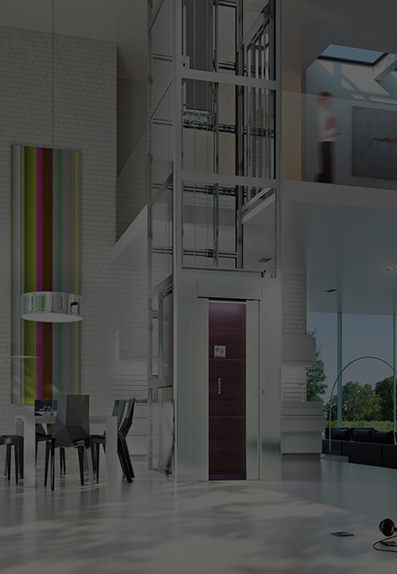
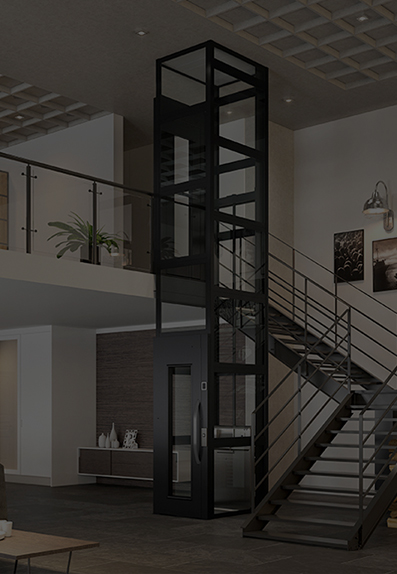


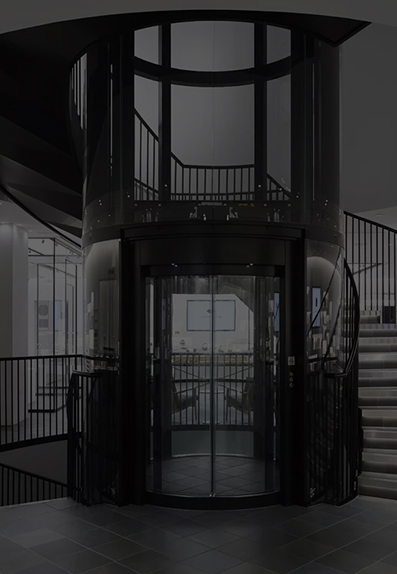
 English
English عربى
عربى Deutsch
Deutsch Español
Español Français
Français русский
русский 日本語
日本語 简体中文
简体中文
